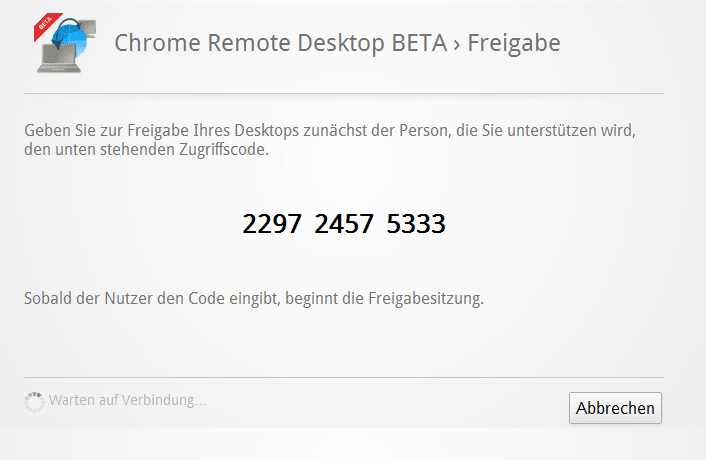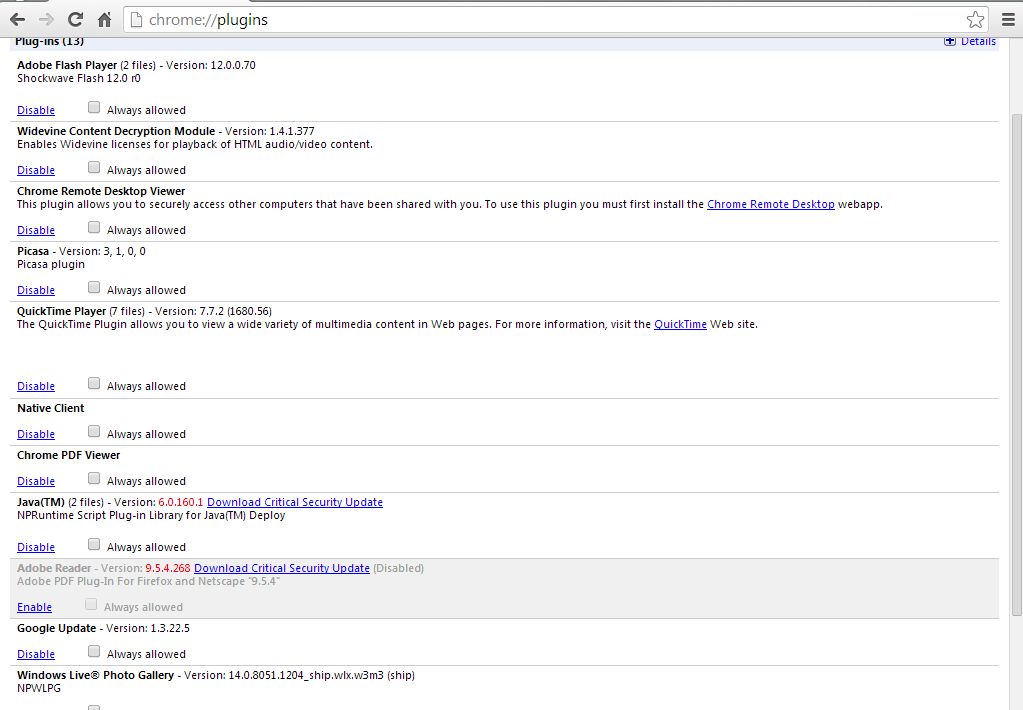Chrome Remote Desktop Viewer Plugin
Google Chrome’s Remote Desktop application is a free, cloud-based remote access solution handy for providing technical support to employees in your company, or for allowing mobile professionals to access their office computers from home or from a laptop on the go. If you no longer have need for it, you can remove it in seconds. Not a traditional Windows program, the Chrome Remote Desktop app is a removable Chrome plugin and does not need to be uninstalled via Windows’ Programs and Features Control Panel applet.
Step 2
Chrome Remote Desktop Viewer This plugin allows you to securely aceess other computers that have been. Shared with you. To use this plugin you mustfirst install the Chrome Remote Deslctog webapp. Chrome PDF Viewer. Adobe Readef - Wersja: 1113.06.70 Adobe PDF Plug-In For Firefox and Netscape 11.0.06.
Press 'Ctrl-T' to open a new tab in the browser window.
- Chrome Remote Desktop is one of the most popular remote access applications available for free. It’s quick to set up, it’s easy to use and provides a stable connection between remote computers. Chrome Remote Desktop is more than enough if all you need is connecting to your own devices now and then, or helping a family member or a friend with a quick computer fix.
- TeamViewer for Chrome OS. Use your Chromebook to establish outgoing remote connections for real-time support or access to other computers. After downloading and installing this software, you will have your first session up and running within seconds.
Step 3
Click on 'Apps' in the new window if you don't see a list of installed Chrome apps.
Step 4
Right-click on the Chrome Remote Desktop app icon in the tab window and click “Remove from Chrome.” You may also remove it by left-clicking and dragging the icon to the 'Remove from Chrome' button and releasing it.
Tip
- You may re-add the app at any time in the future by visiting the Google Chrome Web store (link in Resources).
References
About the Author
A writer and proofreader since 2006, B. Steele also works as an IT Help Desk analyst, specializing in consumer and business user tech support. She earned a B.A. in English and journalism from Roger Williams University. Steele also holds certifications as a Microsoft-certified desktop support technician, Microsoft-certified IT professional, Windows 7 enterprise support technician and CompTIA A+ IT technician.
Photo Credits
- Patrik Stollarz/Getty Images News/Getty Images
More Articles
Is there a way to transfer files between remotely connected computers with the Google Chrome Remote Desktop plugin?
If not, is there a simple way I can transfer files between connected computers?
neersighted4 Answers
This can't be done. As a work around, you could always email it to yourself though, or use Google Drive / drop box or similar.
DaveDaveThis is kind of a joke answer but since copy and paste is supported between the target and the host, the geeky way to copy a file without resorting to intermediate cloud storage would be to:
- On the source: use any available encoder to convert the file to Base64/UUEncode so you can copy the data with Ctr+C.
- On the target: paste the data to a text file and decode it with any available decoder.
Chrome Remote Desktop Viewer Plugin Mac
Python-based solution
First, on the source machine fire up a Python console and type:
Next, open the file myfile.txt with a text editor and copy the contents. Then on the target machine paste the contents into a new file named myfile.txt and in a console type:
Having been a fan since grade school, imagine my surprise when he went solo will you still love me tomorrow smokey robinson free. After A Quiet Storn came out, didn t think I rated site. About File Formats 6. MP3 digital audio format without rights management (DRM) technology 5 million songs. Because our MP3s have no. Smokey robinson love breeze rar file.
These snippets can be extracted to scripts in order to avoid typing every time.
GUI based solution (Windows)
If you don't have Python or if both your machines are running Windows and you have Total Commander installed then the steps are simpler:
On the source: select your file and then pick Files >Encode file. A corresponding
.b64will be created in the other panel - open it (F3) and copy the contents (Ctr+a, Ctr+c).On the target: paste into a new file with
.b64extension and then use Files >Decode file.
Command line solutions (OSX, Linux, Windows)

OSX and most Linux systems typically come with more than one flavour of console base64 encoders. This should work ootb without having to install anything:
Omitting the -output.. part will print to standard output.
Another ootb utility present both in OSX and Ubuntu:
Piping directly to clipboard (avoiding intermediary files)

It is possible to encode directly to the clipboard if you have the corresponding command line tools on the source/target OS.
On OSX there are the built-in pbcopy and pbpaste, on Linux (in xorg), there is xclip, and on Windows there is clip.exe, which means that encoding a file to clipboard can be simplified to (e.g. for OSX):
To transfer files, just use your Google Drive. You have to be logged into your Google account in order to use Chrome Remote Desktop, so just open Google Drive, drop your file into it. Once it uploads, open Google Drive on your remote computer and pull it out of Google Drive to the desktop or folder of your choice!
Sathyajith Bhat♦Yes, yes you can. As of very recently (This week? This month? Just now today? [This is the first time I've seen it]) Chrome Remote Desktop has moved from being a stand-alone program you download and launch through the Chrome Store, to an in-browser app you launch from a website: https://remotedesktop.google.com.
[Tested 27 June 2019]
With this change comes a brand-new file transfer feature! When you log in you have this menu on the right-hand side of your screen:
If you don't see that, hover on the right until you see a little blue arrow pointing to the left, and click it, as this menu is hide-able.
1. To download from remote to local:
To Download a file from the remote machine to your local machine (host) click the 'Download file' button. It will open up a 'Download File' file manager window on the remote machine. Choose a file and click 'Open.' The file is transferred through the network and a GUI file manager 'Save File' window will magically open up on your local (host) machine. Choose a location and save the file.
Done. The file is on your local machine in the folder you chose to save it in.
2. To upload from local to remote:
To Upload a file from your local (host) machine to your remote machine, click the 'Upload file' button. It will open an 'Open File' file manager window on your local machine. Choose a file (bug alert: you MUST click on the file again with your mouse even if it is already selected or else this won't work for me) and click 'Open'. Under the 'File Transfer' dialog shown above, you'll see an 'Uploading' indicator show up with a file transfer progress bar. When completed, you'll see the following notification pop up on the bottom of your remote desktop screen: 'Upload complete. Look for the file on the remote device's desktop.'
Done. The file is on your remote computer's desktop.
protected by Community♦Jan 22 '16 at 13:05
Thank you for your interest in this question. Because it has attracted low-quality or spam answers that had to be removed, posting an answer now requires 10 reputation on this site (the association bonus does not count).
Would you like to answer one of these unanswered questions instead?
